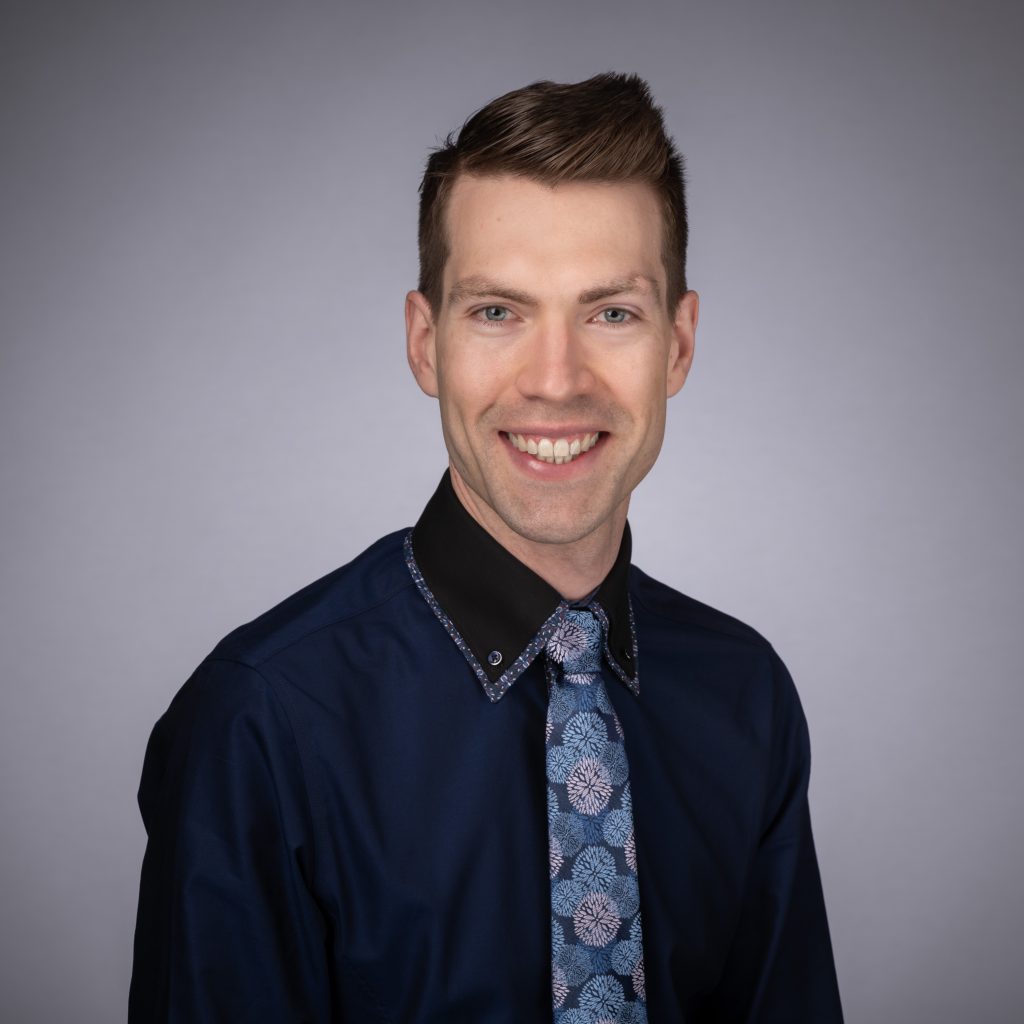
Dr. Plemel is an oculoplastic surgeon in a hospital practice. His patients are primarily adults requiring surgical care for various conditions, including skin cancers, age-related changes to the eye area, and trauma. Dr. Plemel takes pride in being able to offer comfort and compassion to help patients through an otherwise stressful time in their lives.

Warning: This article contains images for educational purposes that some people may find disturbing.
What are some of the most common non-cancerous conditions that present as lumps/bumps around the eye?
When we think about the different lumps and bumps that can occur around the eye, there are many types that aren’t cancerous. They fall into a few broad categories:
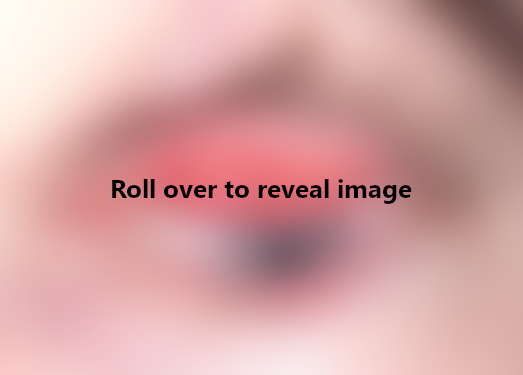
Cysts
Growths
Skin tags are small, non-cancerous growths that tend to develop where the skin rubs together. When they occur in or around the eye, people might seek treatment because they’re bothered by the appearance or by irritation.

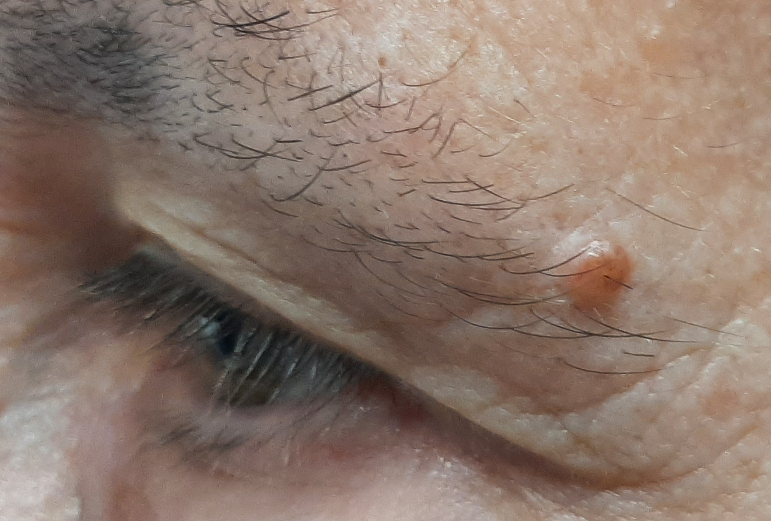
Pigmented spots
Freckles or moles can occur on the eyelids.
Miscellaneous
Blood vessel growths called hemangiomas can occur around the eyes, especially in kids. Sometimes they grow so big that they close the eye and need to be treated.
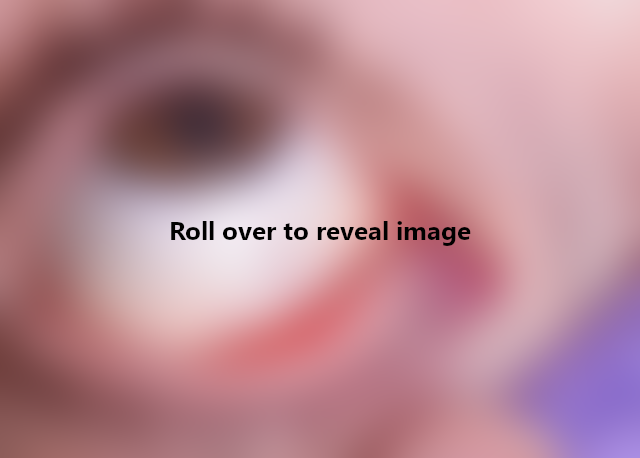
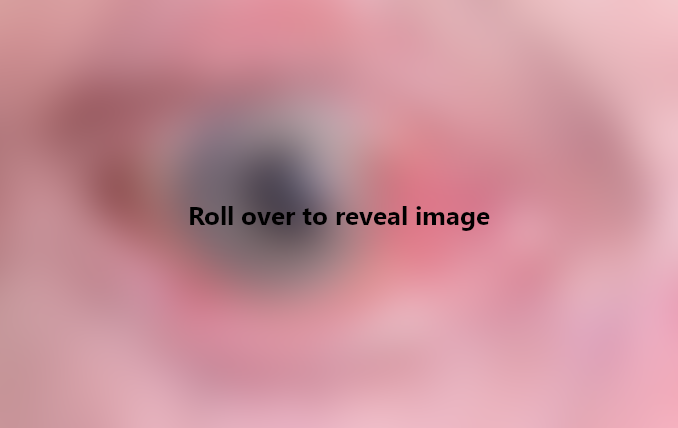
Growths can also occur on the surface of the eye itself. A pterygium is a triangle-shaped growth of fleshy tissue from the eye’s conjunctiva, often occurring near the inside corner of the eye. It can grow to cover the cornea. Pterygiums are commonly seen in people who spend a lot of time in the sun. Sometimes they are referred to as “surfer’s eye”, but I’ve only had one professional surfer come to me for a pterygium!
What are the types of cancer that can occur in and around the eye?
About 1 in 6 of the patients on whom I operate have skin cancers. The most common forms around the eyes are:
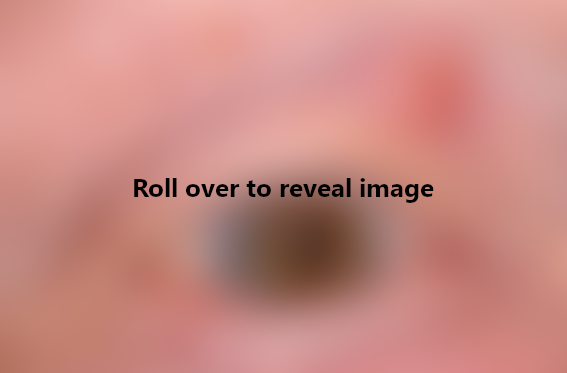
Basal cell carcinomas
About 90% of skin cancers around the eyes
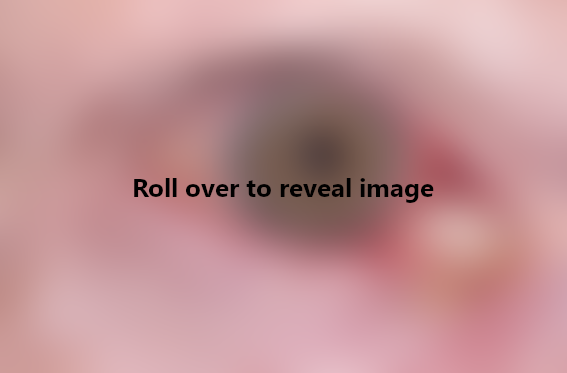
Squamous cell carcinomas
5-10% of skin cancers around the eyes
Less common types include sebaceous cell carcinomas, malignant melanomas, and other rare forms.
It’s also possible to get skin cancers on the surface of the eye (such as ocular surface squamous neoplasias). Malignant melanomas, as well as some other cancers, can also occur on the surface of the eye or even inside the eye.
Who’s most at risk for developing cancers in and around the eye?
Skin cancer is the most common form of cancer. While it can happen at any point in life, skin cancer is more common with age – about 1 in 5 North Americans will have skin cancer by the time they are 70, with 5-10% of cases occurring in the zone around the eyes. UV exposure is the biggest environmental risk. About 90% of all skin cancers can be attributed to UV radiation. In fact, having a single blistering sunburn in childhood or adolescence doubles your lifetime risk of developing skin cancer. Other risk factors include a history of other skin cancers, having fair skin, smoking, and having a weakened immune system (such as people on immunosuppressants). But remember, even individuals with dark skin are at risk of skin cancer. Everyone should take precautions and have unusual spots examined by a health care provider.

There’s a small spot on my upper eyelid that has been bleeding/scabbing over for a couple of months. Is this something I should have checked out?
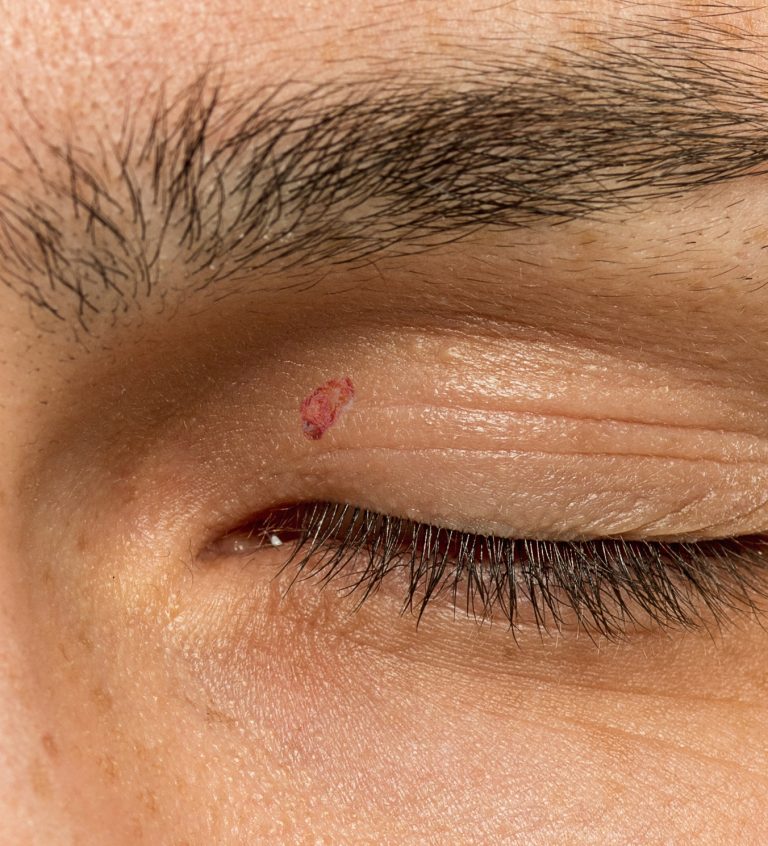
- A notch or distortion on the surface of the eyelid skin
- Changes in colour of the skin
- An ulcerated spot (broken skin that bleeds and doesn’t heal, or that heals and then comes back)
- Losing eyelashes
My healthcare provider has referred me to an oculoplastic specialist to look at a lump on my eyelid. What can I expect from my appointment?
Understanding what might happen at your upcoming appointment can help reduce anxiety and make you feel better prepared. In my own practice, a typical appointment of this nature would involve:
Assessing your risk factors for periocular cancers
(previous history of skin cancer, skin complexion, sun exposure, smoking, etc.)

Examining the appearance of the area under the room lights and
with a slit lamp

Features suggestive of skin cancer?

NO
Remove the spot surgically for aesthetic reasons, if desired (typically not covered by your provincial health insurance)

UNCLEAR
Offer to take a biopsy to confirm
About 1 in 5 biopsies of indeterminate spots end up being cancer
Some patients prefer to watch the spot to see if it worsens; photographs can be helpful to track changes over time

YES
Remove the cancer surgically
When caught early, many common forms of eyelid cancer can be successfully treated
Your ophthalmologist will help determine what next steps to take. We are fortunate in Canada to have excellent standards in training and care as reflected by the membership of the Canadian Ophthalmological Society. Many oculoplastic surgeons are also members of the Canadian Society of Oculoplastic Surgery (CSOPS), which represents a qualified group of Ophthalmic Surgeons who have additional training and experience.
I had a biopsy done for a lesion on my eyelid that came back as cancerous. What are the different treatment options?
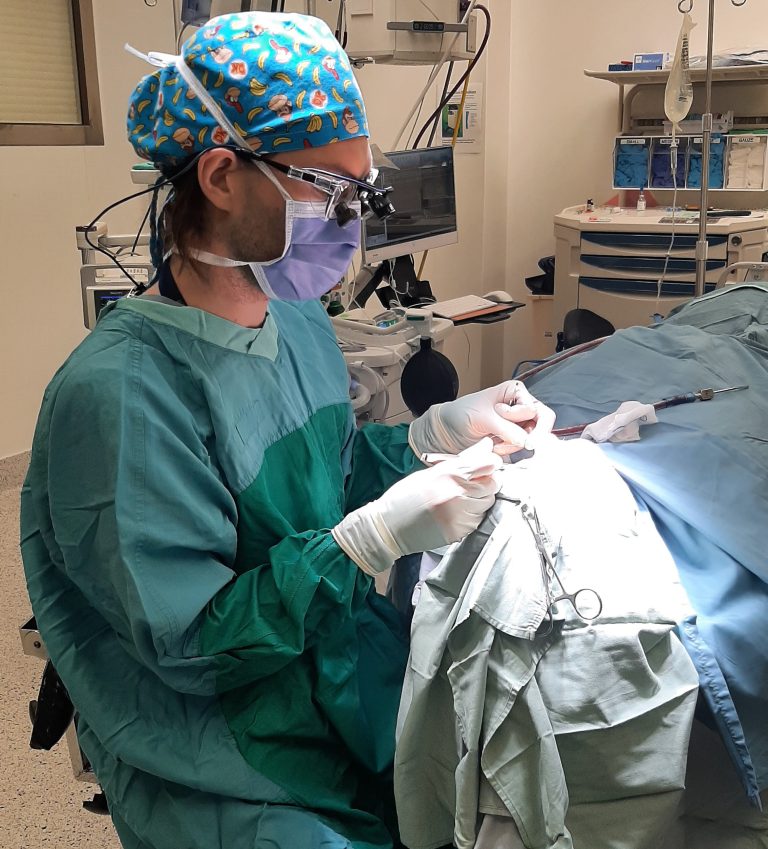
Your doctor will determine the best treatment options for you based on the type of cancer found and its extent. For example, there are some small pre-cancerous and cancerous lesions that can be treated with liquid nitrogen. There are also some topical creams that are very effective at killing cancerous cells. However, these methods do come with some risks when used near the eyes. In most cases, lesions around the eyes are removed surgically. Other forms of therapy, like chemotherapy or radiation, may be considered in patients who are medically complex or can’t undergo surgery.
What happens during a surgery to remove eyelid cancer?
There are three main goals, in order of priority, of a surgery to remove skin cancer:

Completely remove the cancer

Maintain the
function of the eyelid

Achieve a cosmetic
outcome with the eyelid
Thankfully, oculoplastic surgeons are often able to achieve all of these goals. Surgery is typically done with the patient awake, without sedation. To help ensure we get all the cancerous cells, we most often use wide local excision to cut out the cancer and a few millimetres on either side of the lesion. The pathologist will examine the removed tissue to confirm the cancer has been completely removed. If there is still some cancer left, we operate again to take a little bit more until all the cancer is gone. Other specialized techniques, called intraoperative frozen sections and Mohs micrographic surgery, are used in extra sensitive or large areas to ensure complete cancer removal before any reconstruction work is done. These specialized techniques are not available everywhere in Canada.
Depending on the amount of the eyelid we’ve had to remove, we may need to use skin flaps (where local skin is moved to help fill the defect) or grafts (where skin is taken from another location) to help reconstruct the eyelid for the best possible functional and cosmetic outcomes.
What are the best things I can be doing to lower my risk of skin cancer?

90% of skin cancers are caused by UV light, so the best way to prevent them is to avoid unnecessary UV exposure. All the usual sun protection measures apply:
- Stay indoors or seek shade when the sun’s rays are strongest from 11 a.m.-3 p.m. or when there’s an elevated UV index (6+)
- Avoid tanning (including tanning beds) or burning
- Use a sunscreen with SPF 30+ that offers broad spectrum protection (blocks both UVA and UVB rays)
- Use physical sunscreens (mineral-based options like titanium oxide or zinc oxide) or sunscreen sticks around the eyes
- Wear protective clothing, a wide-brimmed hat, and sunglasses that are rated UV 400 (or 100% UV blocking)
Early detection and treatment of skin cancers is crucial, so it’s a good idea to make a regular skin check part of your routine and report any changes to your doctor.
